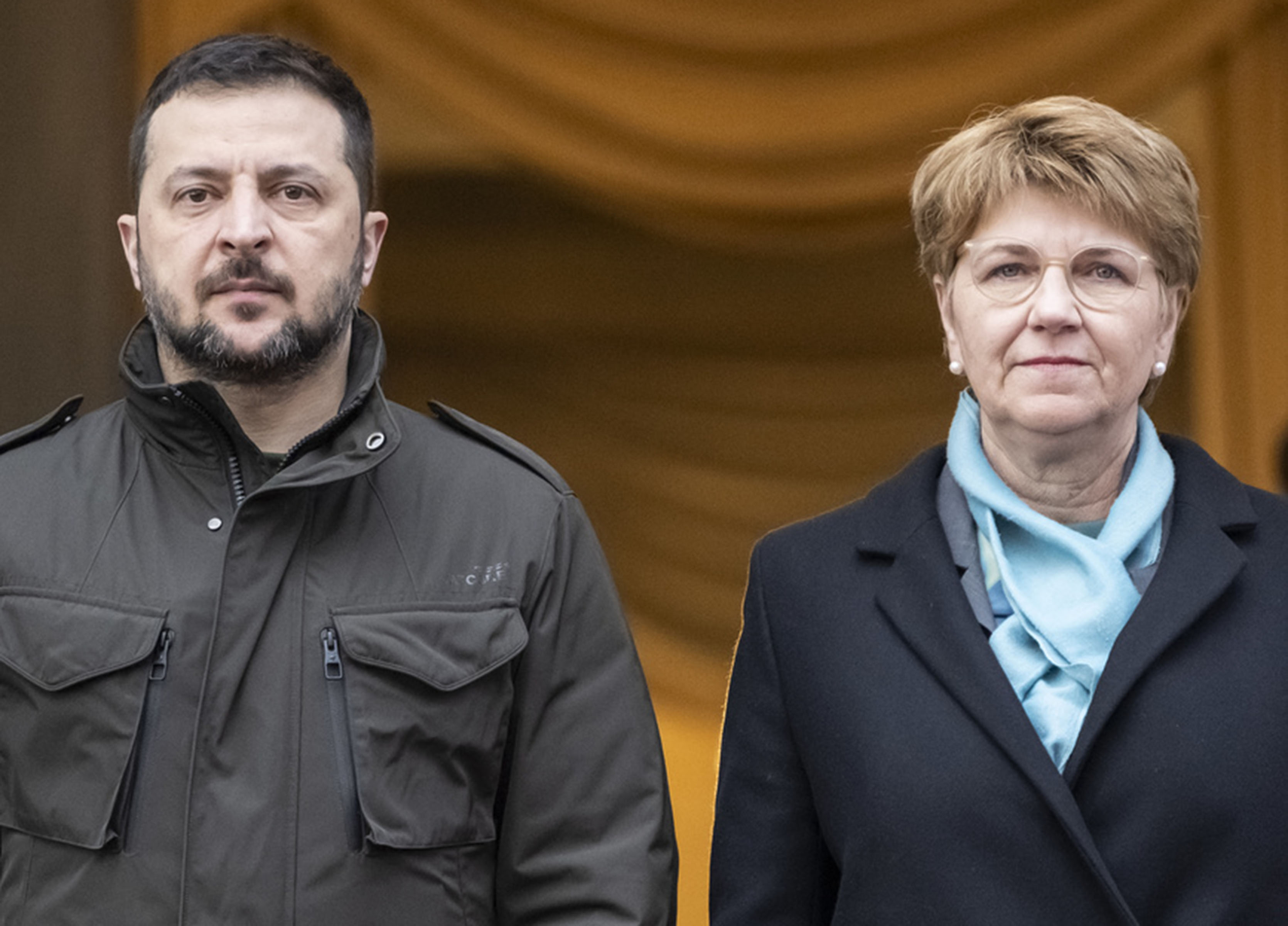SNB Silence Sets Up Another Rate-Cut Cliffhanger
(Bloomberg) — The Swiss National Bank decision this week is a close call on whether officials will cut their interest rate or stay on hold.
The announcement by the central bank on Thursday will come three weeks to the day since the last public comment by one of its policymakers. Amid market volatility and gains in the franc since then, investors have been left guessing whether there is a prospect of any further move.
Economists are roughly split on the outcome, with a small majority anticipating that the Swiss — whose rate cut in March preceded any other from the world’s 10-most-traded currency jurisdictions — will now also become the first from that group to halt its easing cycle.
Inflation in Switzerland is low by comparison with peers, but price growth also stopped slowing in recent readings, offering the SNB justifications for a reduction or a hold.
Whatever policymakers decide, their silence is only one factor clouding the outlook for investors. Judging monetary policy globally has become more fraught, and initial rate cuts in Canada and the euro zone this month are now contrasting with the US Federal Reserve’s increasing reluctance to move until later this year, if at all.
Suspense and surprise have been commonplace for the Swiss central bank led by President Thomas Jordan. Notable shocks under his stewardship range from the abandonment of its cap on the franc in 2015, an initial half-point rate hike in 2022, and the quarter-point cut to 1.5% at its last meeting three months ago.
For this week’s decision, traders’ bets on an SNB cut have fallen from some 97% in April to around 60%. Economists aren’t so sure, with 16 out of 28 in a Bloomberg survey anticipating no change. Here’s a closer look at the quandary the SNB faces.
The Case for a Cut
Arguments for another reduction include the prospect that Swiss inflation will drop, and current export weakness weighing on growth.
Inflation currently is mainly driven by a boost in rents that will prove temporary, according to Gero Jung, chief economist at Mirabaud in Geneva.
“Switzerland is a small, open economy,” he said last week. “The global picture speaks for a cut.”
SNB officials could find scope to ease if needed. On May 30, Jordan said that they estimate Switzerland’s real neutral interest rate to be around zero. Given that its rate is currently at 1.5% and inflation is at 1.4%, that means there’s room to move.
“Jordan has said that the current interest-rate level is still restrictive,” said Karsten Junius, chief economist at Bank J Safra Sarasin. “So I firmly believe we will see another cut.”
The Case for a Pause
Inflation remains persistently in the upper half of the central bank’s 0-2% target range and the economy has proved resilient so far. These are among arguments to stay on hold.
Bloomberg Economics’ Maeva Cousin highlights that growth has maintained momentum for three quarters in a row, operating broadly at potential. She also says that the SNB would need to revise its inflation forecast upward if officials were to cut now.
“Policymakers may prefer to wait until some downside surprises to price gains materialize, so that they can cut rates without lifting the inflation projection,” she said in a report.
The comparatively low level of Swiss interest rates on a global scale limits the room for the SNB to reduce further. This could be particularly relevant with respect to the franc, which — some argue — has an even stronger impact on the economy than borrowing costs.
“It would make sense to keep some scope for easing, in case some geopolitical event happens and the franc appreciates again,” said David Marmet, Swiss chief economist at Zuercher Kantonalbank. If the SNB uses this possibility, it “wouldn’t have to go negative again,” he added.
The Franc Dilemma
Adding to uncertainty, Switzerland’s currency is an added headache. Last week, it gained the most since December versus the euro after President Emmanuel Macron’s call for a snap election in France prompted investors to buy the franc as a haven.
It’s not clear how SNB officials will judge that move. They have long used interventions to keep a lid on the currency, though cutting rates is also an option if they want to weaken it. On the other hand, avoiding any easing could also limit imported inflation.
Strategists point to Jordan’s most recent speech, in which he said a too-weak currency is the most likely source of higher Swiss inflation. According to Goldman Sachs’s Kamakshya Trivedi, it’s even possible the central bank will re-introduce language in its statement saying it stands ready to sell foreign exchange, a clause it dropped last December.
Meanwhile, overnight volatility in the euro-franc pair has risen to 18.27%, its highest since March 2023 — when global banking concerns dominated market sentiment.
Whatever the outcome at Thursday’s meeting, it’s arguable that the contrast between cutting rates or not may be relatively immaterial. GianLuigi Mandruzzato, a senior economist at EFG Bank, said last week that staying on hold with the signal of an easing trajectory or cutting but suggesting a plateau ahead could yield similar outcomes.
The choice “would not make much of a difference for the economy and markets,” he said.
–With assistance from Naomi Tajitsu and Vassilis Karamanis.
(Updates with currency volatily in Franc Dilemma section)
©2024 Bloomberg L.P.







